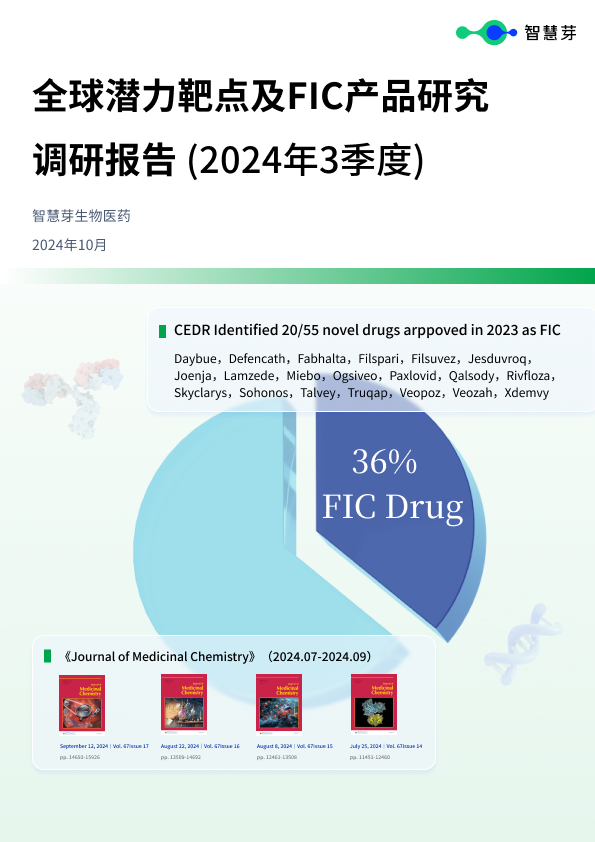Incurable autoimmune disease Systemic Lupus Erythematosus (SLE): New genetic findings open up perspectives for future therapeutic approaches
2024-01-14
免疫疗法
Systemic lupus erythematosus (SLE) is an autoimmune disease, in which the immune system that normally protects the body from invading microbes turns against the body's own cells. Researchers studied four patients from two families who developed symptoms of SLE in the first years of life. As familial occurrence of SLE in young children is highly unusual, the team searched for a primary genetic cause and found a mutation in the UNC93B1 gene in all affected family members.
Systemic lupus erythematosus (SLE) is an autoimmune disease, in which the immune system that normally protects the body from invading microbes, turns against the body´s own cells. This autoimmune attack can affect any organ and patients commonly develop skin rashes, joint inflammation, blood clots, kidney failure, heart disease, fatigue and psychiatric problems. Until to date, there is no cure for SLE and patients are treated with immunosuppressing drugs with considerable side effects.
A group of researchers lead by Min Ae Lee-Kirsch from the Department of Pediatrics, Medical Faculty, TUD Dresden University of Technology (Germany), studied four patients from two families who developed symptoms of SLE in the first years of life. As familial occurrence of SLE in young children is highly unusual, her team searched for a primary genetic cause and found a mutation in the UNC93B1 gene in all affected family members. UNC93B1 is a membrane-spanning structural protein required for maturation and trafficking of a group of receptors that play an important role in the defense against viral infections. These receptors recognize the nucleic acid component of the virus and activate type I interferons, which instruct cells to fight a viral infection. However, nucleic acids, such as DNA and RNA, are not only found in viruses, but are also present in every cell of the human body. This means that the immune system must be capable of discriminating foreign from self nucleic acids.
The identified UNC93B1 mutations lead to selective overactivation of TLR7, one of the UNC93B1-regulated receptors that specifically recognizes RNA, leading to erroneous recognition of self RNA with uncontrolled overproduction of type I interferon. This results in an immune attack on normal cells which then triggers inflammation. Moreover, this also stimulates the survival of self-reactive B cells that produce autoantibodies directed against the body´s own cells, fueling the autoimmune attack. These findings demonstrate that UNC93B1 controls the activity of specific nucleic acid receptors, such as TLR7, thereby preventing autoimmunity.
Remarkably, people lacking functional UNC93B1 are prone to viral infections with a severe course, such as herpes simplex virus encephalitis and severe COVID-19, highlighting the essential role of UNC93B1 for a healthy immune system.
The findings of this study are also of clinical relevance regarding the development of novel targeted therapies for patients with common forms of SLE, who often show signs of overactivation of the TLR7 pathway. Professor Lee-Kirsch says: "Our study demonstrates a direct causal link between an overactive UNC93B1/TLR7 axis and lupus pathogenesis and indicates that blocking overactive TLR7 might be therapeutically effective. As such, our findings are expected to accelerate further development of TLR7 inhibitorsTLR7 inhibitors for patients with SLE and related autoimmune diseases."
The study was funded in part by the German Research Foundation (Deutsche Forschungsgemeinschaft; DFG) and the German Federal Ministry of Education and Research (Bundesministerium für Bildung und Forschung; BMBF).
Results were published in Science Immunology as early release on January 11, 2024.
更多内容,请访问原始网站
文中所述内容并不反映新药情报库及其所属公司任何意见及观点,如有版权侵扰或错误之处,请及时联系我们,我们会在24小时内配合处理。
来和芽仔聊天吧
立即开始免费试用!
智慧芽新药情报库是智慧芽专为生命科学人士构建的基于AI的创新药情报平台,助您全方位提升您的研发与决策效率。
立即开始数据试用!
智慧芽新药库数据也通过智慧芽数据服务平台,以API或者数据包形式对外开放,助您更加充分利用智慧芽新药情报信息。



